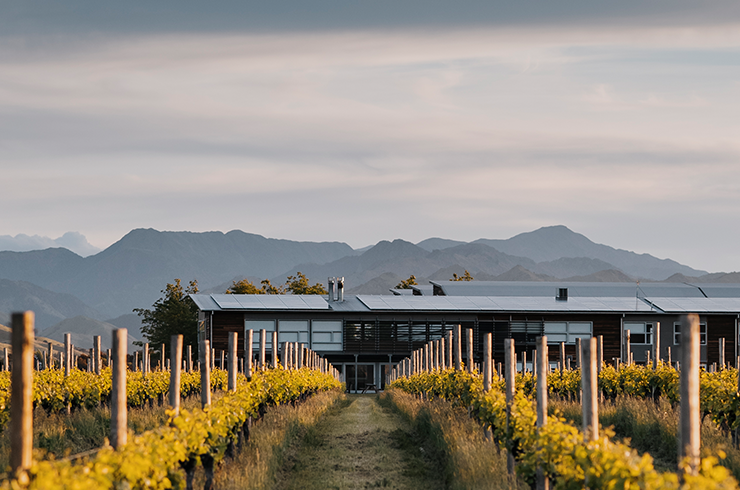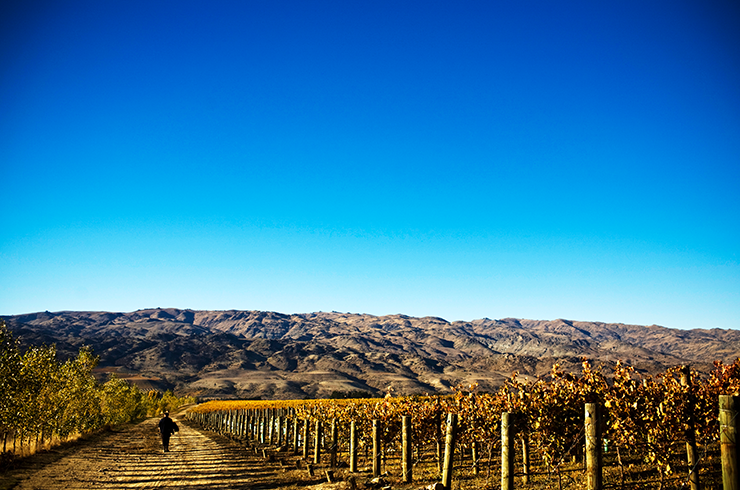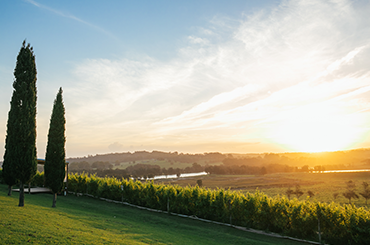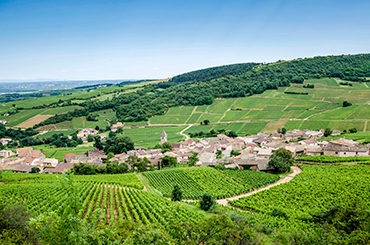Copenhagen’s NOMA, restaurants in Paris’ hip 11th arrondisement, and the new Australian-run Le Doyenne farmhouse restaurant at Chateau de Saint-Vrain, 40 kilometres south of Paris, all offer a healthy selection of Jura wines on their lists. Bordeaux wines, not so much.
Just how did this tiny region, barely 80 kilometres long and wedged between Switzerland in the east, and the powerhouse domaines of Burgundy in the west, capture the attention of a new generation of chefs and wine lovers?
Over the last 20-odd years the Jura, like the Loire Valley, has become a cradle of the ‘natural’ wine movement. While not adhering to a specific manifesto, its advocates focus on sustainable agriculture and take an artisanal approach to winemaking, preferring native yeasts and avoiding chemical additives, filtration, and sulphur.
Why did the Jura go down this path? Winemakers here have always had an experimental mindset and produce a diverse and distinctive array of wine styles. The vineyards are small, the wineries family-run, and the land is a fraction of the price of the Burgundian terroir. It wasn’t too much of a stretch, nor too expensive, for the next generation of winemakers to dabble in natural wines. It also helps that, by comparison with Bordeaux and Burgundy, the prices for Jura wines remain affordable.

Jura wines: From vin jaune to poulsard
While chardonnay and pinot noir make up a large proportion of plantings, often used to make sparkling as well as varietal wines with a distinctive twang, the Jura also strongly identifies with its indigenous grape varieties. There’s the ancient savagnin, a green-skinned white grape that produces a full-bodied varietal white wine as well as Jura’s hallmark; intense, golden vin jaune (‘yellow wine’), aged like sherry for a minimum of six years under a film of yeast in oak casks. (Paradoxically, in the Jura, ‘traditional’ sometimes means oxidative winemaking, as is the case with vin jaune.)Poulsard, found almost nowhere else, and trousseau (Portugal’s Bastardo) are the Jura’s indigenous red varieties that are ideal for low-intervention light red wines. The Jura also produces two sweet wines. Vin de paille (straw wine) is made from dried, richly flavoured, early picked grapes while macvin is an earthy liqueur created by adding marc de Jura (grape spirit) to largely unfermented grape juice.
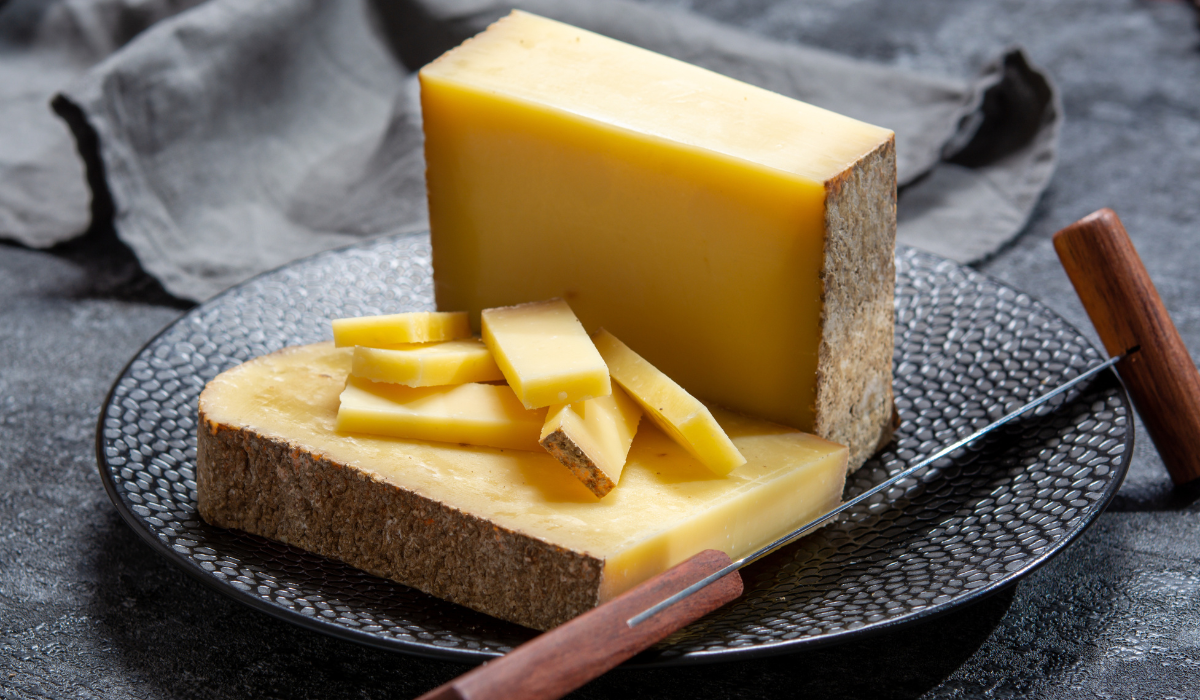
Chicken, cheese and more
The Jura also offers gourmet lovers a fascinating multi-tiered landscape to explore. An hour’s drive east of Beaune across the Bresse plain, home to France’s famous succulent AOC-certified chicken (poulet de Bresse), the undulating vineyards of the Jura rise towards limestone crags the most dramatic of which are reculees or steep, horseshoe-shaped rock formations that abruptly dead-end forested valleys. Above the vineyards, Montbeliarde cows graze lush pastures creating rich milk that is transformed into wheels of Comté cheese. For a break between wine and food, there are also turquoise lakes like Lac de Chalain and picturesque waterfalls such as Herisson and the Cascade des Tufs.
Wineries to visit in the Jura
Base yourself in the market towns of Arbois (Closerie des Capucines) and/or Poligny (Les Jardins sur Glantine).Several wineries have in-town tasting rooms, with well-informed staff. Visit Badoz in Poligny to taste a wide selection of wines and cheeses and Domaine Andre et Mireille Tissot in Arbois to taste their extensive wine range. Further south in Beaufort-Orbagna, La Caborde is a modern tasting room offering an excellent selection from wineries of the Revermont sub-region. Jura wineries are tiny and there are few cellar doors so you must call ahead to make appointments. Reach out to Valentin Morel in Poligny, Domaine de la Touraize in Arbois, Domaine de la Renardiere in Pupillon, and Domaine Pignier in Montaigu.
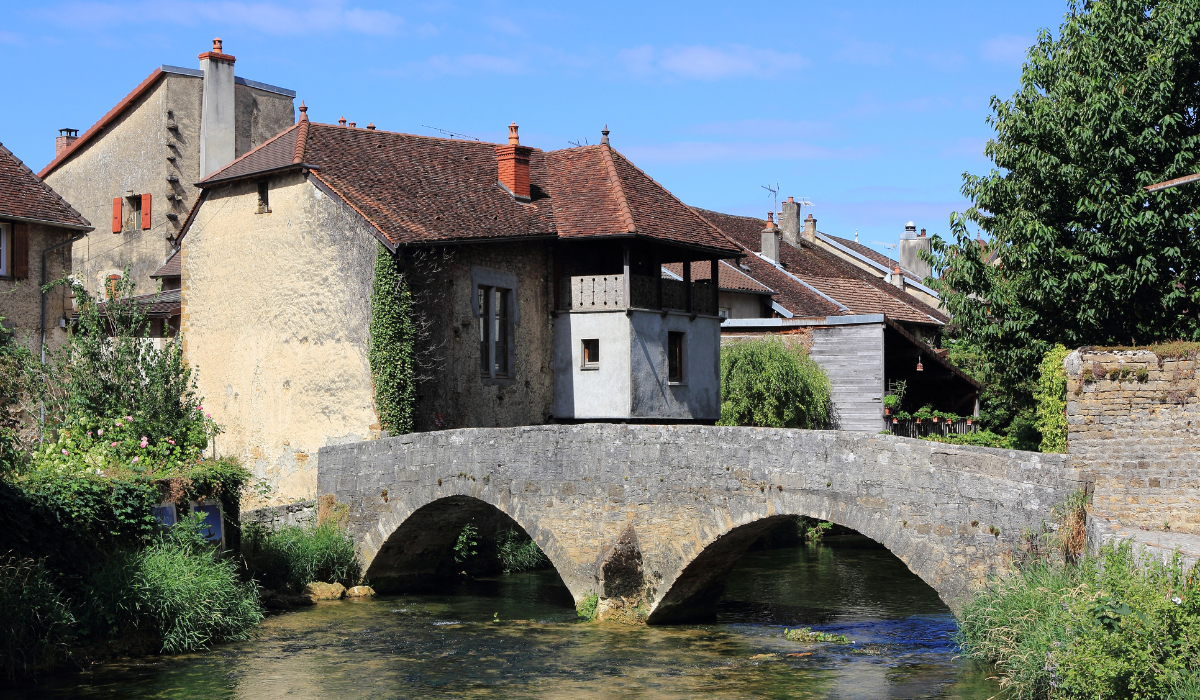
Where to dine in the Jura
While it’s tucked away, the Jura punches well above its weight in terms of the quality of its restaurants. In Arbois, savour delicacies on the terrace of Le Bistronome overlooking the Cuisance River and rub shoulders with local winemakers while enjoying an affordable market-based menu at the retro Bistrot des Claquets. In Poligny, La Muse Bouche offers an excellent menu of local fare while Barzing sources the best local wines from trailblazing producers, many of which are sold out at the wineries. Visit the pretty clifftop village of Chateau Chalon, epicentre of vin jaune production, and dine on the terrace of Le Bouchon du Chateau and don’t miss the superb poulet de Bresse at Le Grand Jardin Restaurant in the gorgeous village of Baume les Messieurs, located in a spectacular reculee.This article is available to Halliday subscribers only. Become a member to receive the print publication as well as digital access.



